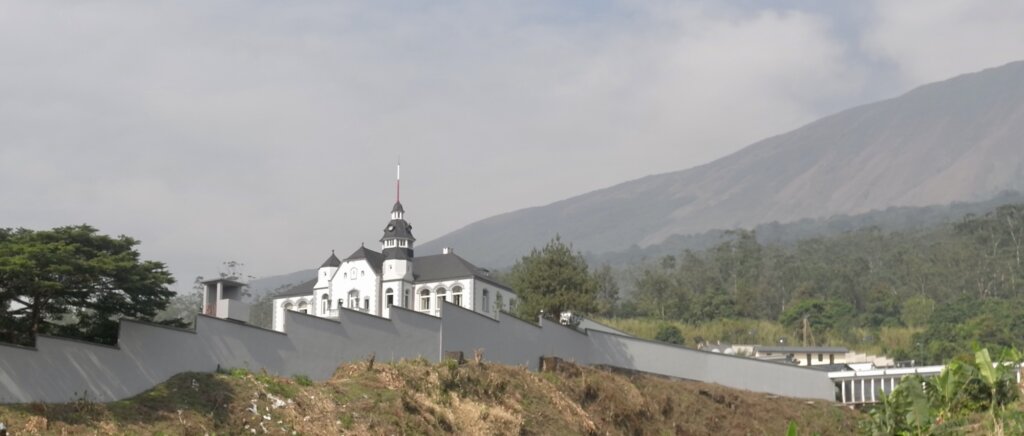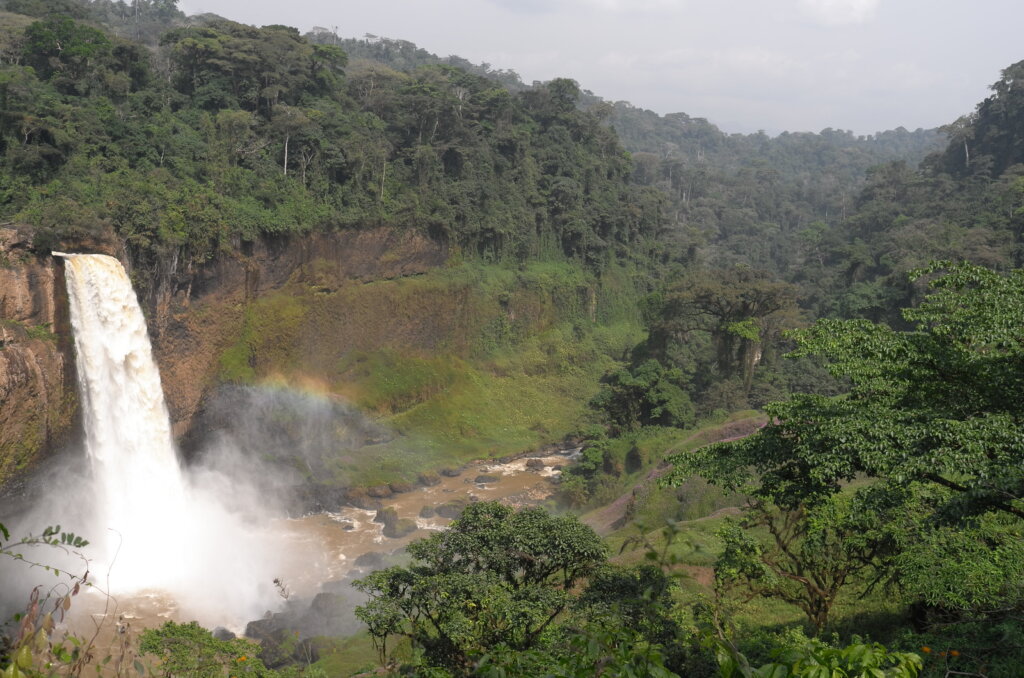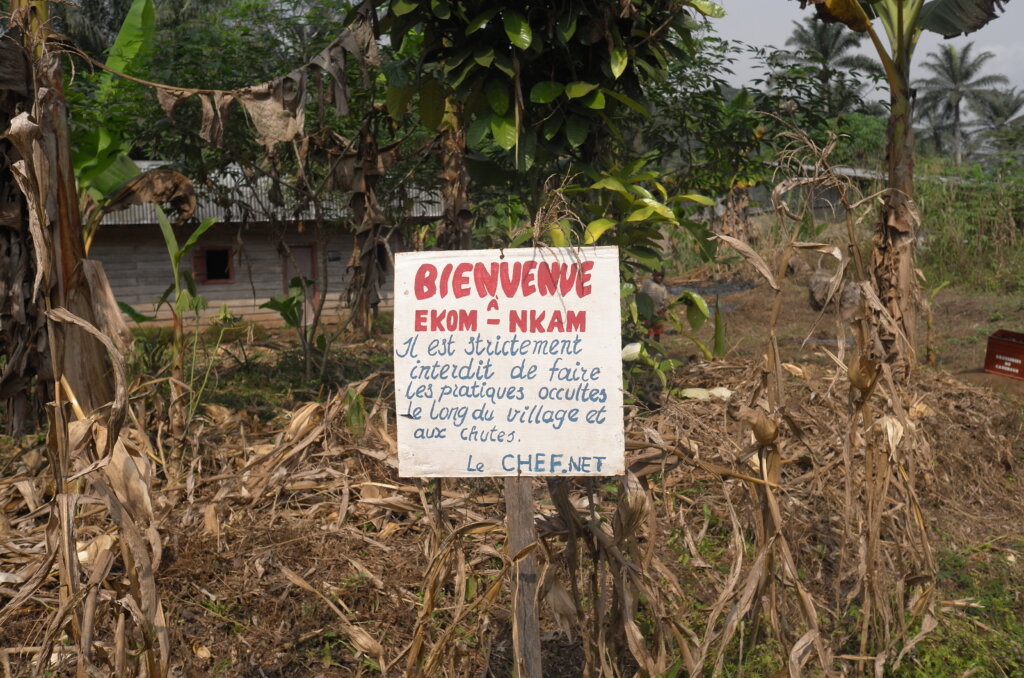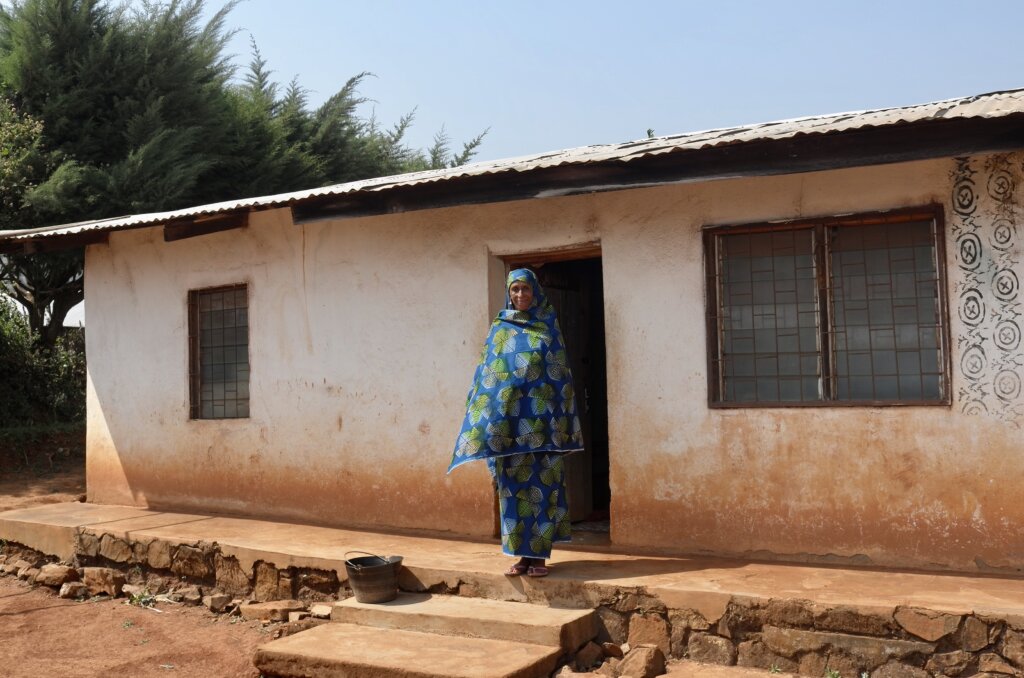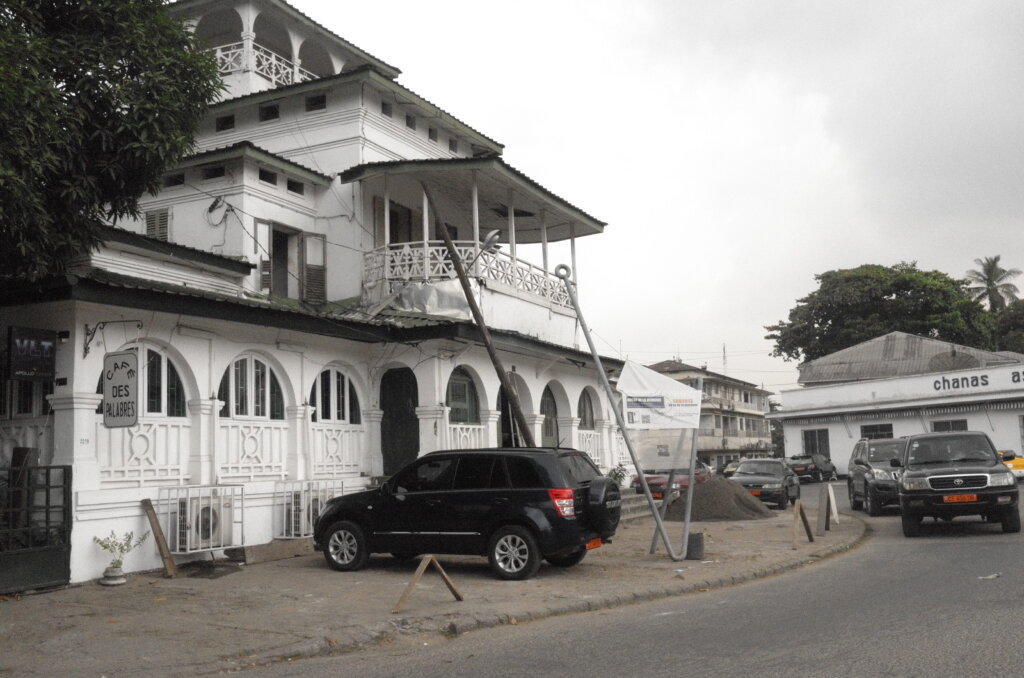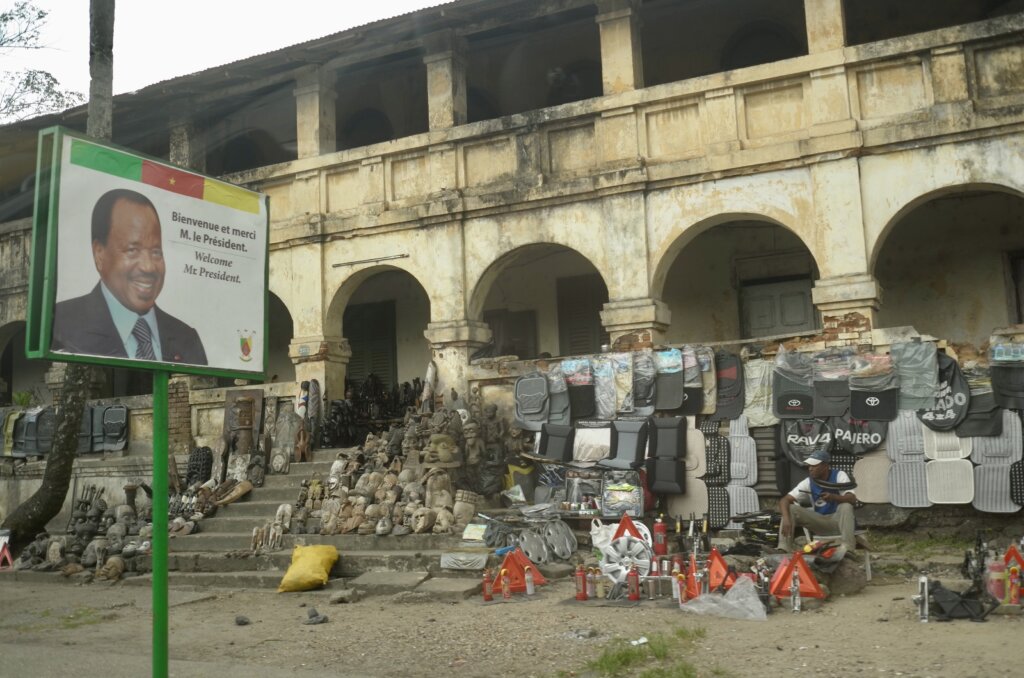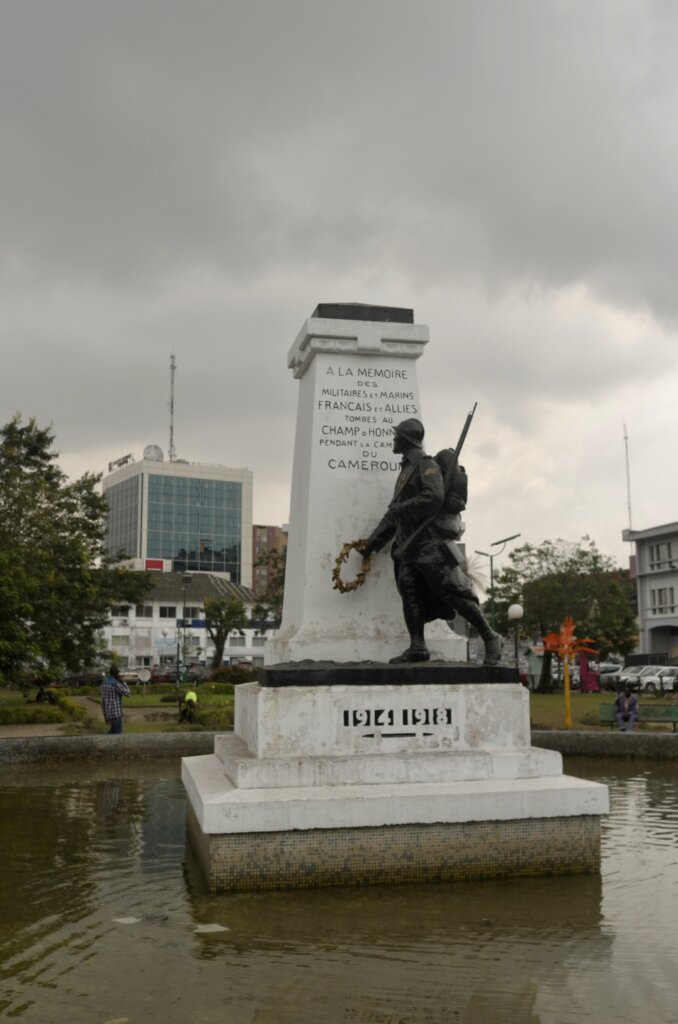Cameroon is a country of stunning natural beauty, with tropical beaches, lush rainforest, dry savannah and fertile highlands. Home to 256 tribes, each with their own dialect and culture, some highly sophisticated. Host to one of Africa’s last “Big Men”, Paul Bila, who has been president since 1982. Colonized by three nations. The Germans were here for 30 years until they were ousted in 1916. They left a legacy of interesting colonial architecture. The League of Nations then gave France and Britain a mandate to administer it. By the time Cameroon gained its independence in 1961, it had split into two countries. Anglophone West Cameroon and francophone East Cameroon. The two entities reunited in 1972 after a referendum but have been uneasy bedfellows since.
The francophone part (making up 80% of the country), which dominates, inherited from the French their cuisine, their dependency on the state and a general sense of unfriendliness. Nowhere in Africa have we met such sullen and obnoxious behaviour. One of the worst hotels we stay at in Africa displays a “credo” in every room advertising their aspiration to benchmark the Ritz Carlton. The anglophone part is a little friendlier (we remember at least two smiles from our journeys there ). It does not have much to show for 50 years of British rule apart from uniforms in the schools.
